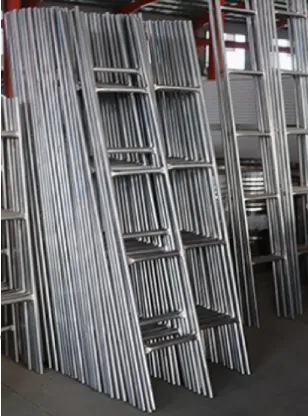loading...
- No. 9, Xingyuan South Street, Dongwaihuan Road, Zaoqiang County, Hengshui, Hebei, China
- admin@zjcomposites.com
- +86 15097380338
- Welcome to visit our website!
Durable and Lightweight FRP Floor Grating for Enhanced Structural Applications
The Advantages and Applications of FRP Floor Grating
Fiberglass Reinforced Plastic (FRP) floor grating has gained significant popularity across various industries due to its unique properties and numerous advantages. This innovative material is made from a composite of fiberglass and resin, resulting in a lightweight yet robust product ideal for a wide range of applications. In this article, we will explore the benefits of FRP floor grating and its diverse uses.
Lightweight and Durable
One of the foremost advantages of FRP floor grating is its lightweight nature. This characteristic makes it easy to handle and install compared to traditional materials like steel or concrete. Moreover, despite its low weight, FRP grating offers exceptional strength and durability. It is resistant to corrosion, chemicals, and environmental factors, which allows it to withstand harsh conditions without compromising its structural integrity. This ability makes it a popular choice in industries such as chemical processing, wastewater treatment, and marine applications.
Corrosion Resistance
The corrosion resistance of FRP floor grating is another critical advantage. In environments where exposure to corrosive substances is common, such as chemical plants or coastal areas, traditional metal grating can deteriorate quickly. FRP grating, on the other hand, does not rust or corrode, providing a longer lifespan and lower maintenance costs. This property helps reduce downtime and enhances safety in workplaces where hazardous materials are present.
Safety Features
Safety is a paramount concern in any industrial setting. FRP floor grating is designed with safety in mind, featuring slip-resistant surfaces that significantly reduce the risk of falls and accidents. This is particularly valuable in areas with high foot traffic or where equipment is frequently moved. Moreover, the lightweight nature of FRP allows for easy installation of grating systems that meet specific safety codes and requirements, ensuring compliance with relevant regulations.
frp floor grating

Versatile Applications
The versatility of FRP floor grating is evident in its wide range of applications. It is commonly used in industrial flooring, walkways, platforms, and stair treads. Utility companies utilize FRP grating in power plants and substations, while the food and beverage industry employs it in processing areas due to its hygienic properties. In addition, architects and builders are increasingly incorporating FRP grating into commercial and recreational spaces, thanks to its aesthetic appeal and variety of colors and finishes.
Environmental Benefits
Another noteworthy aspect of FRP floor grating is its environmental impact. The manufacturing process produces less waste compared to traditional materials, and the durability of FRP products means less frequent replacements, leading to reduced landfill contributions. Additionally, many manufacturers focus on producing FRP from recycled materials, further enhancing its sustainability profile. As more companies strive to reduce their carbon footprint, the demand for eco-friendly materials like FRP is expected to grow.
Cost-Effectiveness
Though the initial cost of FRP floor grating may be higher than that of steel or wood, the long-term benefits outweigh the upfront investment. Its longevity, low maintenance requirements, and resistance to environmental damage contribute to significant savings over time. Companies can avoid frequent replacements and repairs, making FRP a more economical choice in the long run.
In conclusion, FRP floor grating is an excellent solution offering numerous advantages, including lightweight durability, corrosion resistance, safety, versatility, environmental benefits, and cost-effectiveness. Its applications span various industries, making it a vital component for modern infrastructure. As industries continue to evolve and prioritize safety and sustainability, the adoption of FRP materials is likely to grow, further solidifying its role in future construction and engineering projects.
-
Transform Your Spaces with FRP Grating SolutionsNewsNov.04,2024
-
The Versatility and Strength of FRP RodsNewsNov.04,2024
-
The Excellence of Fiberglass Water TanksNewsNov.04,2024
-
The Benefits of FRP Grating for Your ProjectsNewsNov.04,2024
-
Elevate Your Efficiency with FRP Pressure VesselsNewsNov.04,2024
-
Welcome to the World of FRP Pressure VesselsNewsOct.12,2024
-
Unveiling the Future of Filtration: Why FRP Filter Vessels are a Game ChangerNewsOct.12,2024
